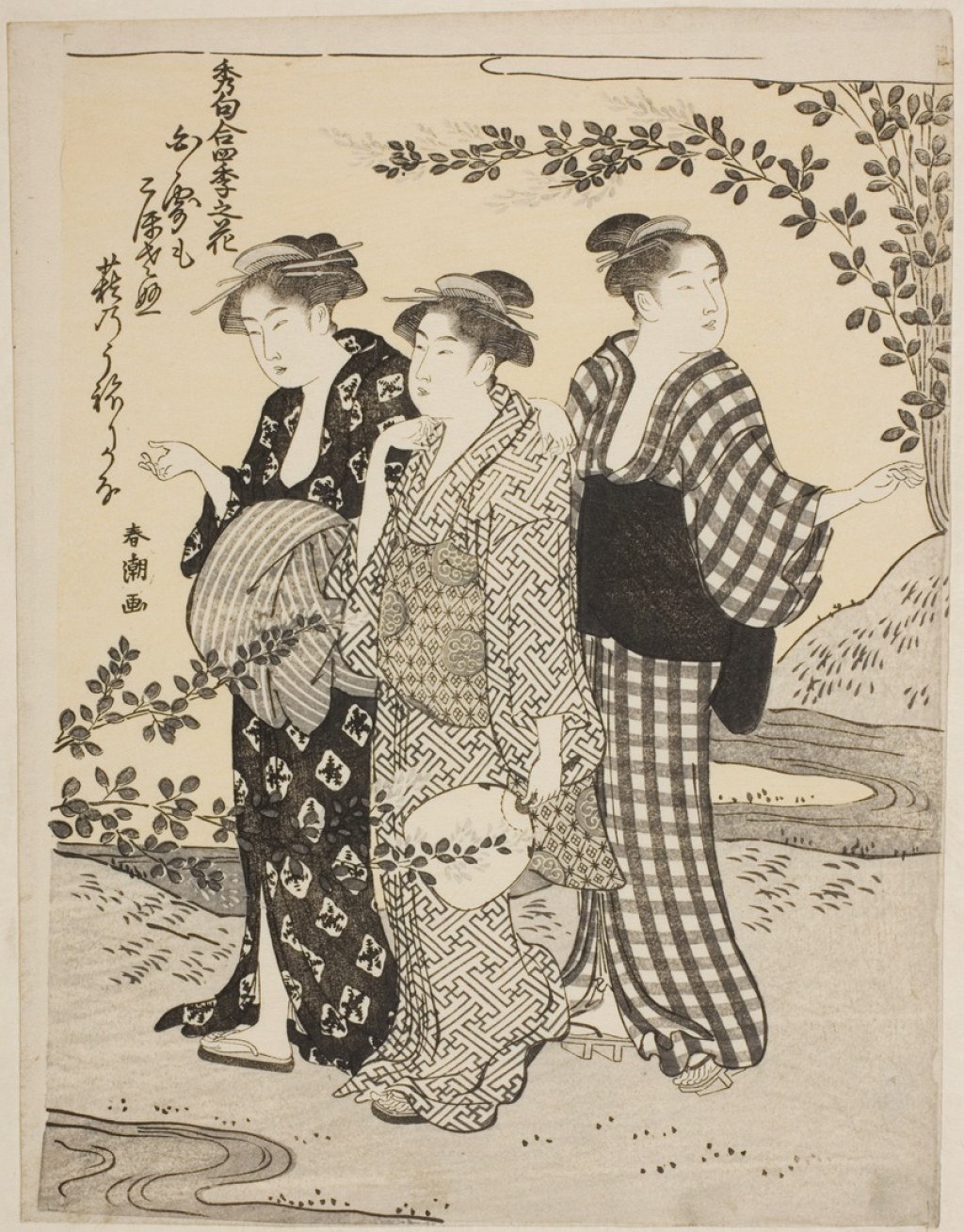Silk Printing Business 1781: A Revolutionary Industry
Greetings, Readers! Today, we will delve into the fascinating world of silk printing business in the year 1781. This historical industry revolutionized the textile manufacturing process and left an indelible mark on the fashion and printing industry. Join us as we explore the origins, significance, and impact of this groundbreaking business.
Introduction
The silk printing business of 1781 marked a turning point in the history of textile production. With the introduction of silk printing, intricate designs and patterns could be easily replicated on fabrics, revolutionizing the fashion industry and increasing the accessibility of luxurious garments.
During this time, silk was considered a valuable and precious material, primarily used by the aristocracy. However, the advent of silk printing allowed for the mass production of silk garments, making them more affordable and accessible to a wider range of individuals.
This article aims to provide a comprehensive overview of the silk printing business in 1781, shedding light on its origins, key players, techniques, advantages and disadvantages, as well as its lasting impact on the fashion and printing industry.
The Origins of Silk Printing Business
In the late 18th century, silk printing emerged as a revolutionary technique in the textile industry. The process involved transferring inked designs onto silk fabric using engraved copper plates or wooden blocks. This method allowed for detailed and intricate designs to be replicated consistently and efficiently.

Image Source: asiaweekny.com
The origins of silk printing can be traced back to ancient China, where the technique was first developed. However, it was during the 1780s that silk printing gained significant popularity and commercial success in Europe, particularly in England and France.
One of the pioneers of silk printing in 1781 was Thomas Bell. His innovative approach and advancements in the printing process played a crucial role in the widespread adoption of silk printing across Europe.
The Significance of Silk Printing Business
The silk printing business of 1781 had profound implications for both the fashion and printing industry. First and foremost, it democratized fashion, making silk garments more accessible to a wider range of individuals. Prior to silk printing, silk fabrics were primarily reserved for the aristocracy due to their high cost and limited availability.
Additionally, silk printing facilitated the mass production of textiles, enabling manufacturers to meet the growing demand for fashionable garments. This not only fueled economic growth but also contributed to the development of new printing techniques and technologies.
Moreover, silk printing allowed for intricate and detailed designs to be replicated with precision, showcasing the skill and creativity of textile artists. It opened up new avenues for artistic expression and paved the way for innovative design trends in the fashion industry.
The Advantages and Disadvantages of Silk Printing Business

Image Source: antiquejewellerycompany.com
Like any industry, the silk printing business of 1781 had its share of advantages and disadvantages. Understanding these can provide valuable insights into the challenges faced by manufacturers and the overall impact of the business.
Advantages of Silk Printing Business
1. Increased accessibility: Silk printing made luxurious silk garments more affordable and accessible to a wider range of individuals.
2. Replication of intricate designs: The technique allowed for the replication of intricate and detailed designs with precision, showcasing the skill of textile artists.
3. Mass production capabilities: Silk printing facilitated the mass production of textiles, meeting the growing demand for fashionable garments.
4. Innovation in printing techniques: The silk printing business led to advancements in printing techniques and technologies, fostering further innovation in the industry.
5. Economic growth: The widespread adoption of silk printing contributed to economic growth, creating job opportunities and driving trade.
Disadvantages of Silk Printing Business
1. Environmental impact: The process of silk printing involved the use of chemicals and dyes, contributing to environmental pollution.
2. Labor-intensive: Silk printing required skilled labor and intricate processes, adding to the production costs.
3. Limited color range: The color range in silk printing was initially limited, affecting the variety of designs that could be produced.
4. Replication challenges: Replicating certain designs and patterns accurately posed challenges, hindering the production process.
5. Dependence on raw materials: The silk printing business relied heavily on the availability and quality of silk, making it susceptible to fluctuations in supply and demand.
FAQs (Frequently Asked Questions)
1. How did silk printing impact the fashion industry in 1781?
Silk printing revolutionized the fashion industry by making luxurious silk garments more affordable and accessible to a wider range of individuals. It democratized fashion and fueled economic growth.
2. Who were the key players in the silk printing business of 1781?
Thomas Bell was one of the pioneers of silk printing in 1781. His innovative approach and advancements in the printing process played a crucial role in the industry’s development.
3. What were the challenges faced by silk printing manufacturers in 1781?
Silk printing manufacturers faced challenges such as environmental impact, labor-intensive processes, limited color range, replication difficulties, and dependence on raw materials.
4. How did silk printing contribute to economic growth?
The widespread adoption of silk printing led to economic growth by creating job opportunities, driving trade, and fostering innovation in printing techniques and technologies.
5. What were the origins of silk printing?
The technique of silk printing originated in ancient China but gained significant popularity and commercial success in Europe during the 1780s.
Conclusion: Embrace the Legacy of Silk Printing Business 1781
The silk printing business of 1781 revolutionized the textile industry, democratized fashion, and fueled economic growth. Its impact on the fashion and printing industry is still evident today, with intricate designs and mass production capabilities shaping our modern world. As we look back on this transformative industry, let us appreciate the skill, innovation, and creativity that propelled silk printing into a revolutionary force.
Final Remarks
In conclusion, the silk printing business of 1781 left an indelible mark on the textile industry, revolutionizing the production of silk garments and driving economic growth. It opened up new avenues for artistic expression and showcased the skill and creativity of textile artists. However, it also faced challenges such as environmental impact and replication difficulties. As we continue to advance technologically in the 21st century, let us remember and celebrate the legacy of silk printing, an industry that forever changed the way we produce and appreciate textiles.